 Great Kiskadee (Pitangus sulphuratus)
Great Kiskadee (Pitangus sulphuratus)
 Great Kiskadee (Pitangus sulphuratus)
Great Kiskadee (Pitangus sulphuratus) |
 |
| Pictures (click on them to enlarge) | ||
|---|---|---|
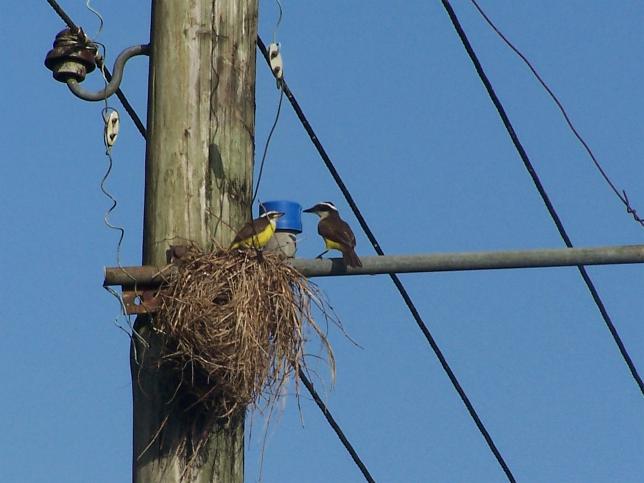 © Jan Hein Ribot | 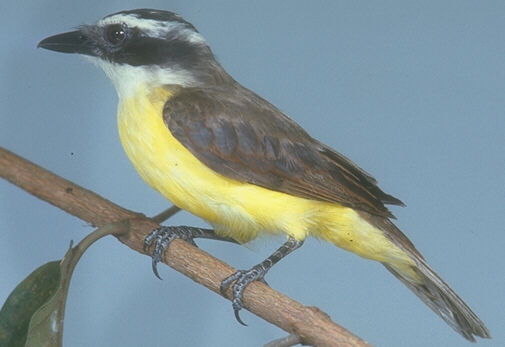 © John S. Dunning | 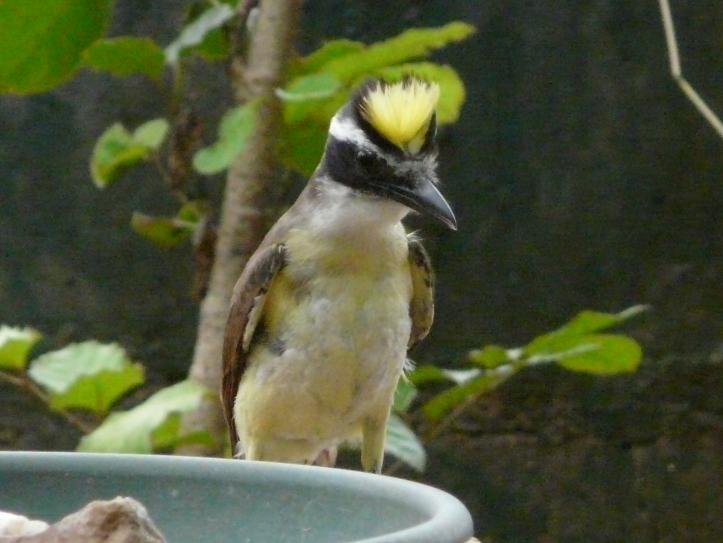 © Leo Olmtak |
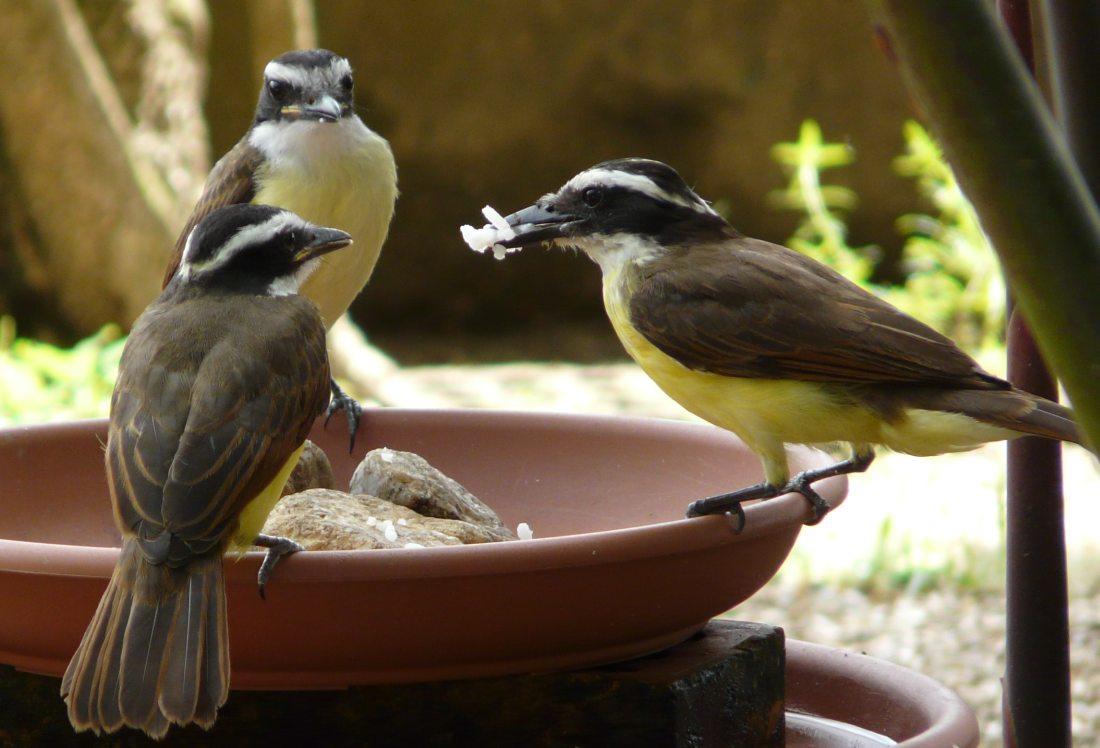 © Leo Olmtak | 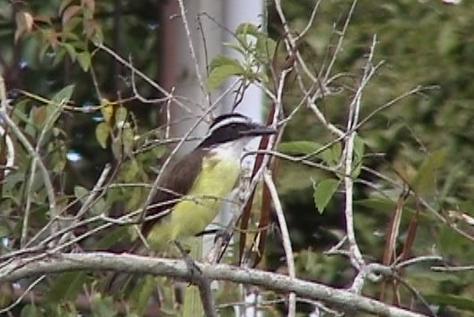 © Jan Hein Ribot | 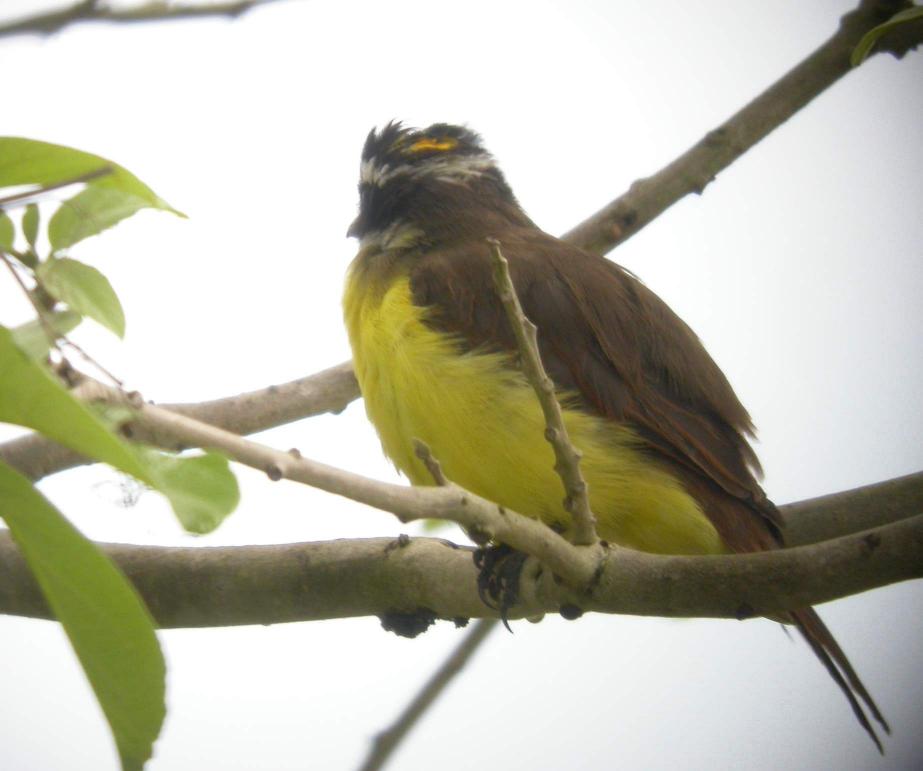 © Foek Chin Joe |
 © K.D. Dijkstra | 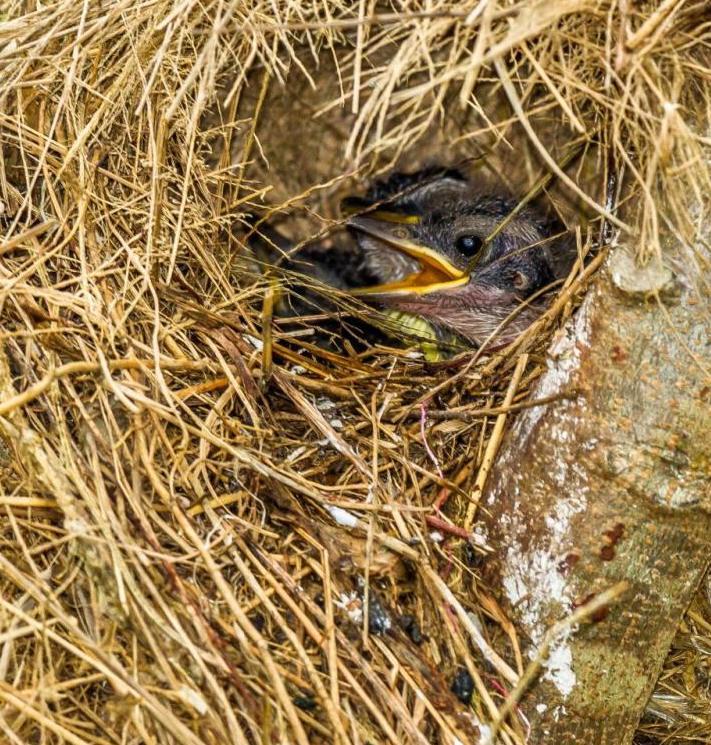 © Jean-Louis Rousselle | 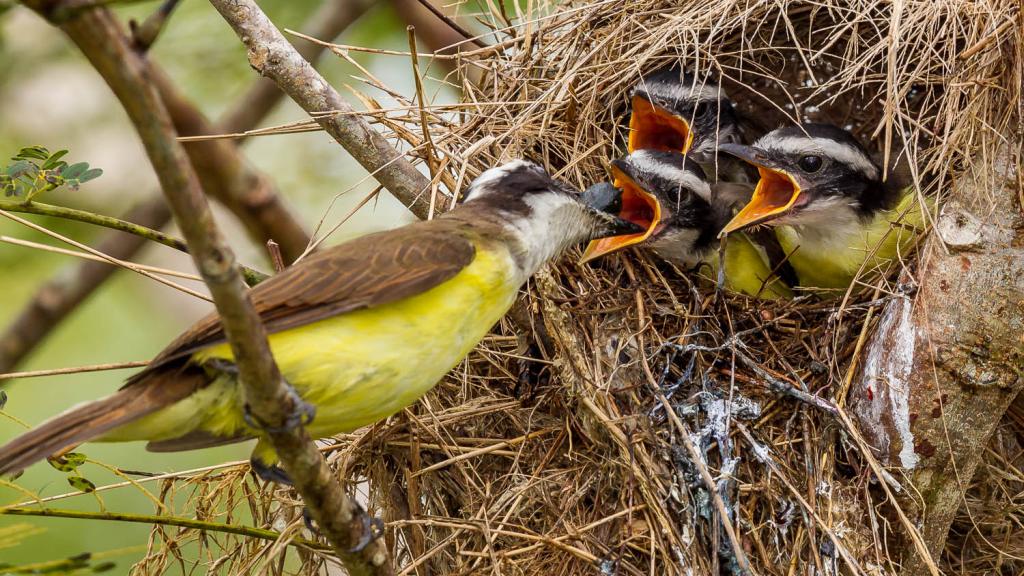 © Jean-Louis Rousselle |
| Photos of a Great Kiskadee, a bird with yellow underparts, a white throat and a lot of brown above. It has a stout bill and a white band around the head. In the heat of the day it will draw your attention by calling its name constantly, sitting on a telephone wire or on a roof. Most other birds will keep silent around that time. They make their nest, also on a conspicious place, from all kinds of plant-material, often with hay. The kiskadee defends its nest vigorously and even if it has no nest it wil be aggressive against other birds. It is quite a common sight to see a kiskadee chasing a much bigger bird of prey above the houses. But then a hummingbird might chase away a kiskadee. No national bird has been 'proclaimed' for Suriname, like the Hoatzin in Guyana or the Scarlet ibis for Trinidad, but the Kiskadee comes close: it is the best known bird in Suriname, I think. A video of a kiskadee feeding its young was made by Raoul Ribot in Paramaribo. The first picture was made by J.H. Ribot of a bird feeding its young, the second one was made by J.S. Dunning in Suriname. Then a Great Kiskadee showing the, most of the time concealed, yellow spot was seen by Leo Olmtak in his garden, like the three birds on a feeding tray. Then one by Jan Hein Ribot and one by Foek Chin Joe in Paramaribo (on that one you see the often concealed yellow crown patch also), then one by K. Dijkstra. Two pictures from French Guiana, by Pascal Dubois and one just across the border along the Marowijne, a baby bird seen by Iling Tjon Pian Gi in October 2003. They eat all kind of food, insects but also fruit and flowers from a garden. Dominiek Plouvier made the first video of a silent Kiskadee en the second one of a calling pair. |
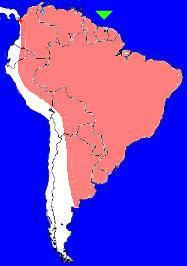 |
| Birdsounds (click on them to listen) | ||
|---|---|---|
| Sound recording of a Great Kiskadee © Jan Hein Ribot |
| Video (click the link or the 'play'-button to see) | ||
|---|---|---|
| Video recording of a Great Kiskadee © ; | Video recording of a Great Kiskadee © ; |
|
|
||||||||||||||||||||||||||||||||||||||||||||
| Observations through the year | Observations of breeding through the year |
|---|---|
| The 1674 reported observations of this bird in Suriname, mainly for the last 50 years up to 2018, have been grouped by month. More birds on one day are counted as one observation. Of course, if the graph should depict the total number of birds seen, the differences between the months could be much more pronounced. | The 202 reported breeding observations of this bird in Suriname. Most observations are about nest with eggs, some about fledglings, or feeding at a nest or the building of a nest. Of the about 5000 nests and eggs found for all species together, about 1/3 comes from the egg collection of Penard between 1896 and 1905. For some reason most collecting then was done in the first half of each year, so the shown distribution does not necessarily reflect the actual breeding preferences. The main dry season in Suriname is reckoned to be from half August to the end of November, the main wet season from half April to half August, but the the timing of begin and end does vary from year to year. Around March a second dry season often occurs. |